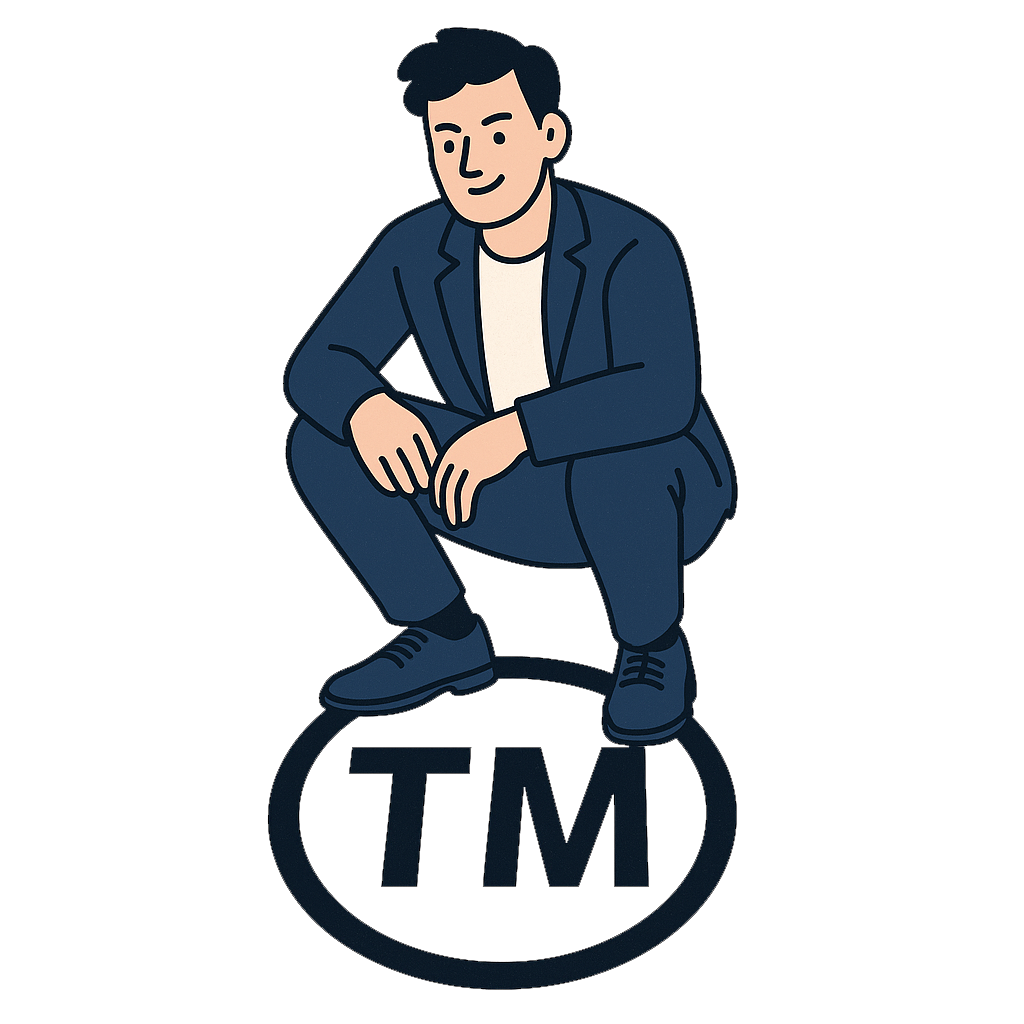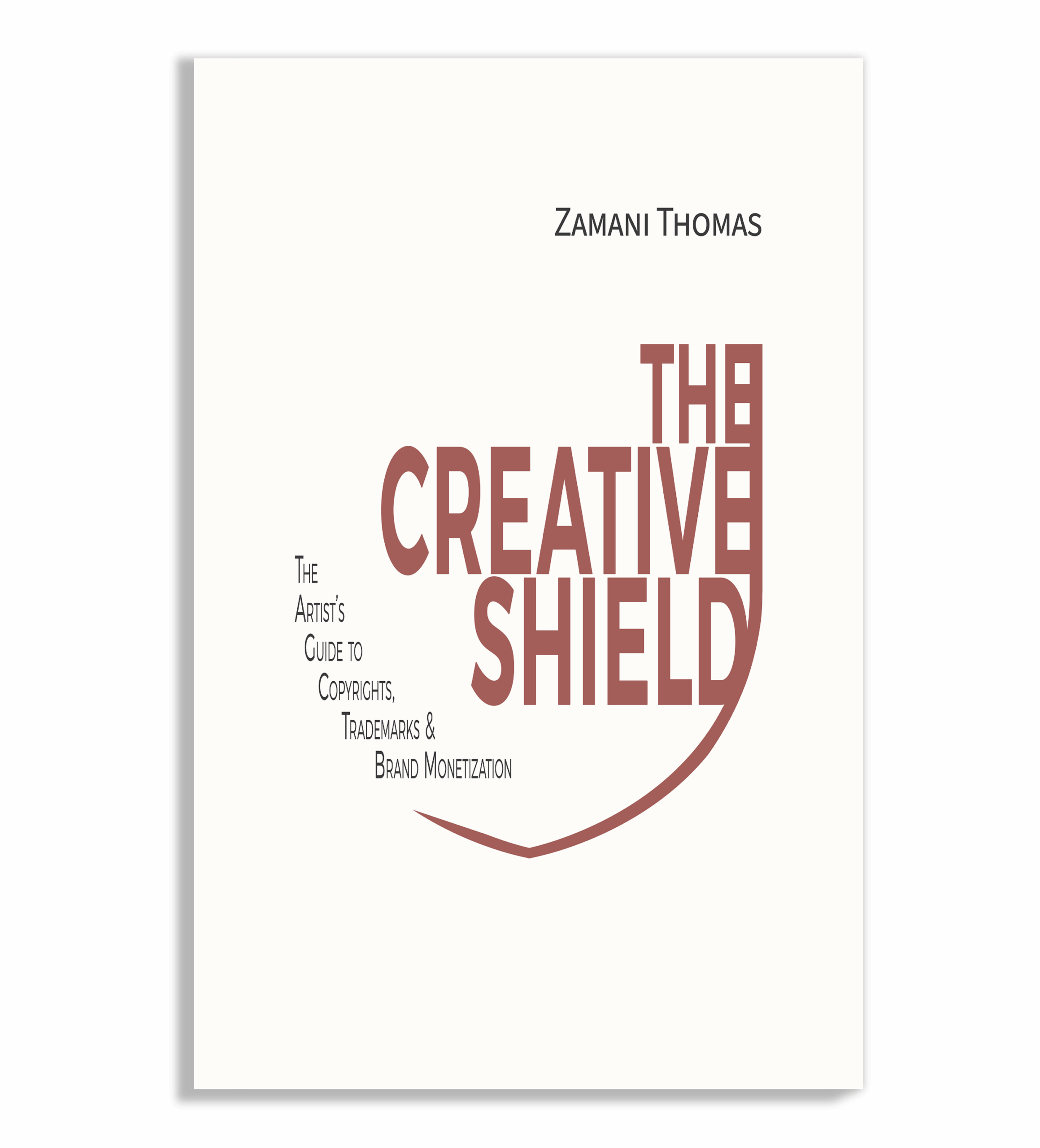1st in Canada, Blocked in U.S.
The Madrid Protocol Trademark Conflict You register your trademark in Canada. Then, using the Madrid Protocol, you designate the U.S. as a target country in your international application. All good, right? Not necessarily. If someone else has already filed a similar trademark in the U.S., your application can still get blocked, even if you were … Read more









